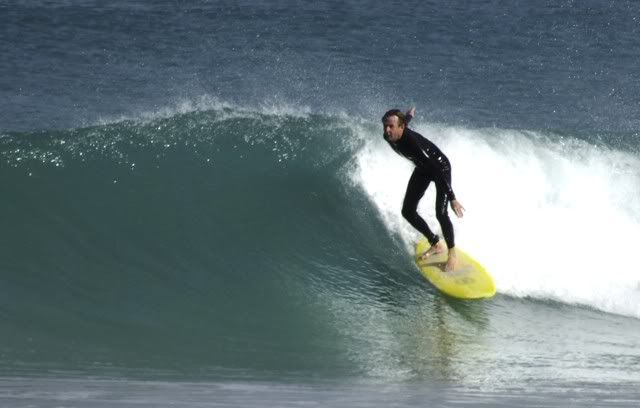I’m hoping to clear something up: the issue at hand addresses the effect of paddling into a good wave on boards that have you floating higher or lower in the water. I’ve noted some references to the issue in threads that concern themselves with float vs volume, etc. I am more interested in the practical effect that occurs when you are paddling into a good, steep swell on boards that either float you more or less.
I’m only questioning the effect in boards 5’10’ to 6’3’ and have noted floatier, wider boards sometimes get hung up in the lip on steeper waves when very low volume boards, regardless of shape, get in easier. Could be the paddler, could be the board. I’ve queried this and haven’t gotten a consensus, although there must be a correct answer.
Any thoughts?




